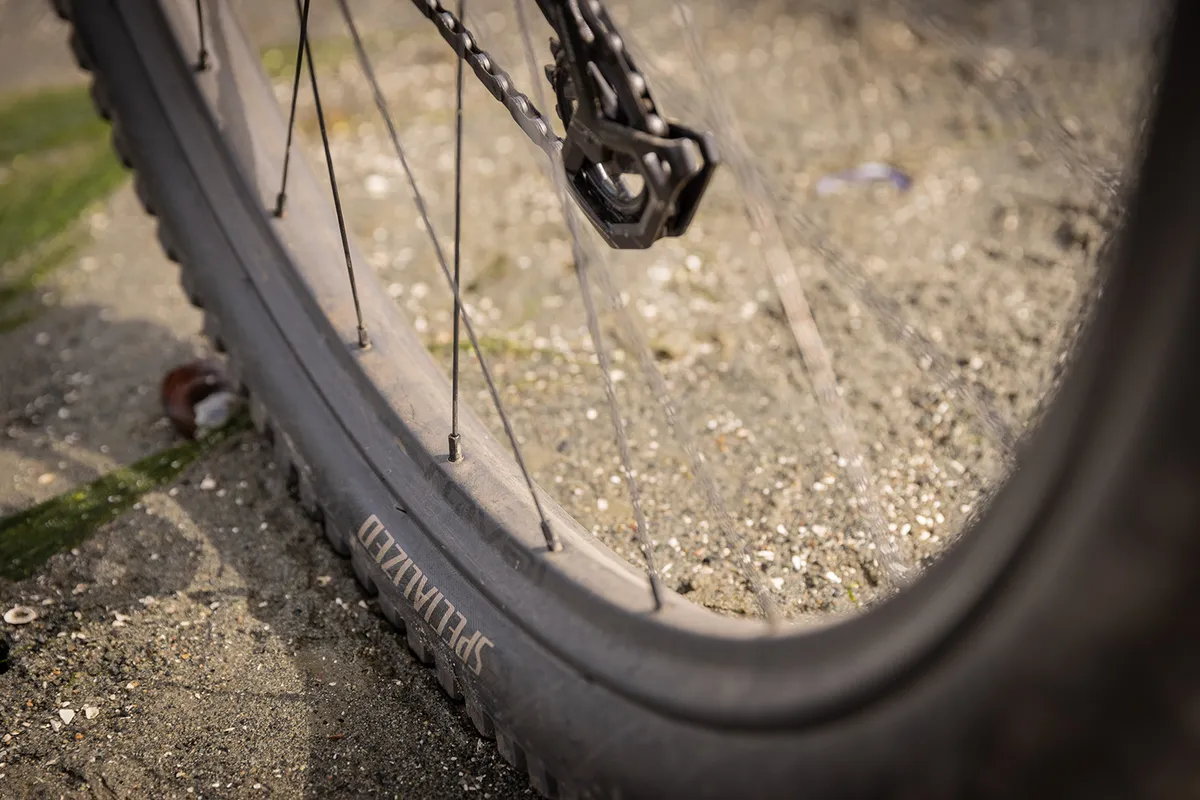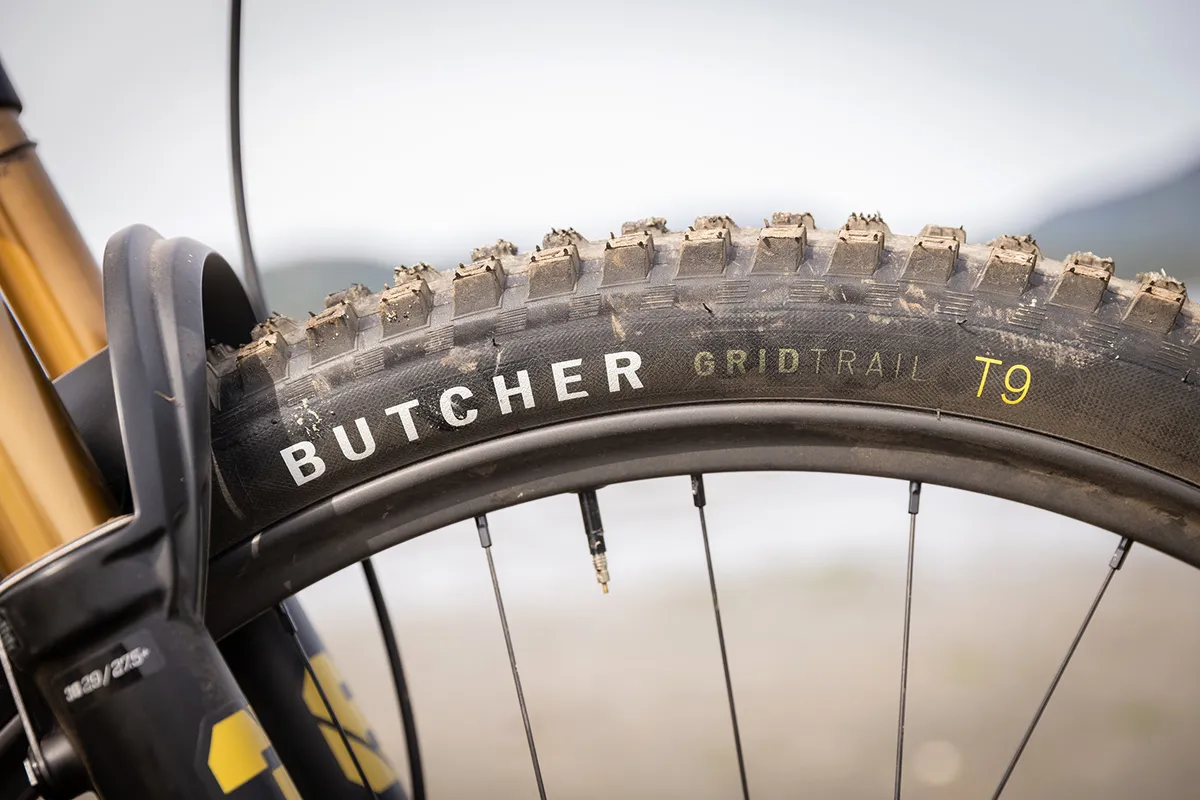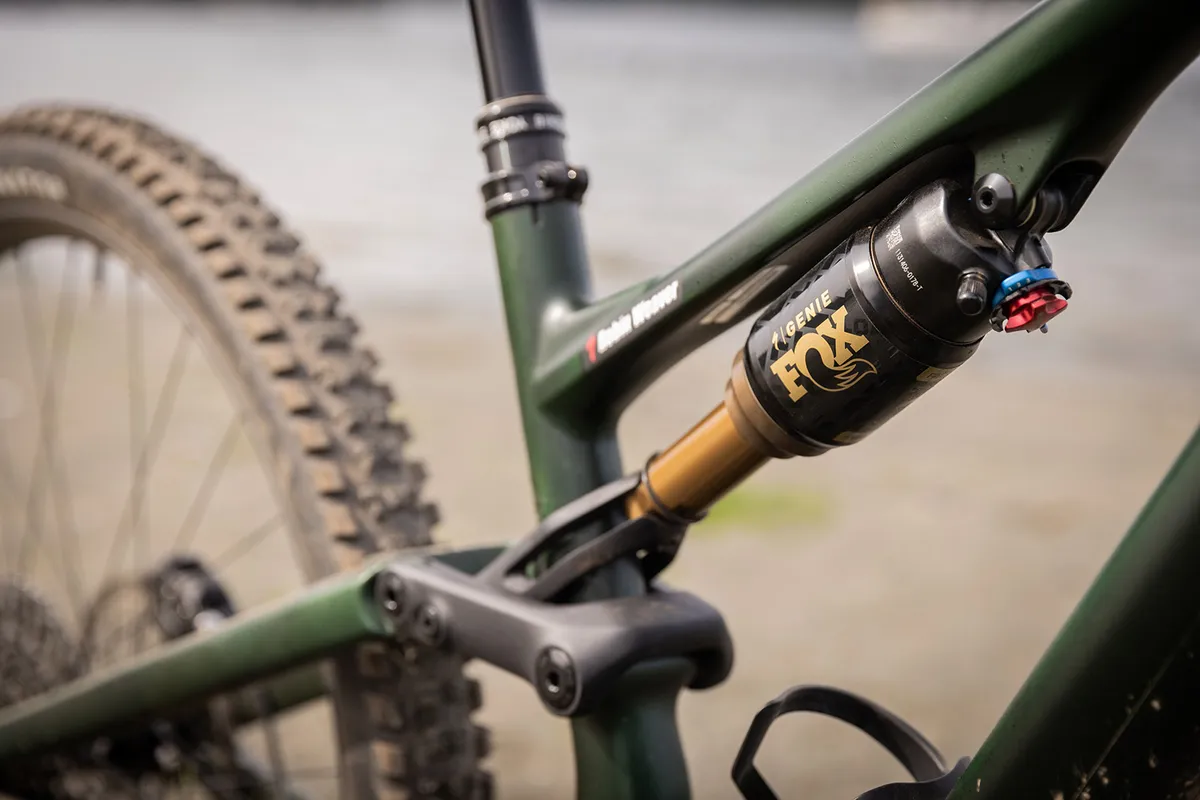Specialized Stumpjumper 15 For downhill performance
In many ways, the latest Stumpjumper 15 Pro reminded me of my time aboard the early Stumpjumper EVO about a decade ago.
This is not because they share the same geometry, spec or travel number, but because at the time the EVO felt like one of the most capable 29ers on the market – especially given the 135mm of travel it had available.
The Stumpjumper 15 has more travel, but in a world where we’re getting used to more and more bounce at both ends, it was impressive how controlled and confident things felt even when tackling trails you’d normally reserve for enduro bikes.

When I hit fast, twisty trails, I was immediately impressed with the new Stumpy’s smooth, near-silent ride.
Specialized says it tried to faithfully replicate the feel of its long-travel enduro through the Stumpy’s first 100mm of travel, and I’d say it achieved that goal for the most part.
It’s certainly supple and forgiving when rattling through ruts and braking, with only the Eliminator rear tire holding it back when I really wanted to push hard, thanks to the lighter tire. This needs more air inside to ensure it doesn’t deform too easily.
On repeated rides on the same route, I replaced the volume spacers in the shock housing – the ones that change the feel of the first 70 percent of travel.
With zero padding, while the Stumpy felt plush and comfortable, it lacked some of the support I needed when loading the bike into corners.

With a full count of four spacers, it feels more like a Stumpjumper of old. Its stride is stronger and the ride is much livelier, but I hit roots or a series of braking bumps and soon found myself holding tighter and missing the comfort of the previous lap.
What’s interesting here, though, is at both ends of the setup spectrum (zero spacers versus all four spacers) and without touching the lug spacer, I used the same amount of travel.
After going through multiple variations, I switched back to the stock setup for reference and was happy with the compromise due to ample support and an impressive level of comfort.
I felt I could still weight the bike meaningfully and throw it around if I wanted too, but I felt confident and in control when hurtling into the unknown.

This became particularly important on one of the later courses on the final day, which began with a series of blind jumps, massive landings and compressions before plunging down a long, steep and rough slope.
Despite only having 145mm of travel at the tap, I never felt like I was being rattled around or on the edge of control. Stick a grippier, stiffer tire on the back and this thing reliably rips up almost any trail. He really feels capable.
And for the record, I ran it in the medium head angle position and the highest bottom bracket setting. So in theory the controls could feel even more confident if you made some simple changes.
Add to that how easy it is to tune the new GENIE shock and it’s clear how adaptable the new Stumpjumper 15 could be.

While I may have questioned Mavens spec choice when I first hopped on the new Stumpjumper, knowing how hard you can push this bike highlights why it wasn’t a bad move at all.
If Specialized had opted for a lighter, less powerful option, I’m sure I’d have more to complain about on longer descents. But in this case I didn’t.
That is, except for choosing a tire casing. This is a trail bike and slapping sticky, heavy tires on it won’t do you any favors going uphill, but upgrading the rear tire to something a touch sturdier wouldn’t exactly hold it back drastically, it’d just open up what’s on it possible. this bike and adds even more confidence to the mix.